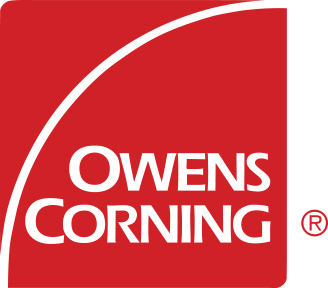Owens Corning 2030 Goals: Expanding Our Product Handprint

Reducing the negative impacts of our operations is critical, but it is not enough. With the company’s purpose – our people and products make the world a better place – in mind, we define sustainability as meeting the needs of the present while leaving the world a better place for the future.
Our products can help our customers, their customers, and consumers meet their own sustainability goals. For instance, our insulation makes buildings more energy efficient, and our glass-reinforced composites enable longer, stronger, lighter blades for wind turbines, which brings down the cost of wind energy. We believe that shifting to a circular economy is critical for a sustainable future. This concept influences our aspirations and approach to sustainability.
Product Handprint Aspiration: Offer the most recognized and preferred products for sustainability.
We offer a wide range of products that meet the needs of our customers because of their quality and performance. When the full life-cycles of those products are designed for sustainability, it’s good for Owens Corning, the people who use our products, and the environment. Collaboration across our supply chain is vital for this goal.
Over the next decade, our goal is to increase these sustainable benefits in our products:
- Increase the use of recycled and renewable materials in our products.
-
Design our products for recycling or reuse to optimize the impact of our products over their entire life-cycle from raw materials to reuse or recycle.
-
Collaborate with our suppliers to increase transparency around the raw materials we use in our products. This helps us understand and control the impact of our products – and enables us to share that information with our customers so they can do the same.
-
Reduce the greenhouse gas emissions related to our purchased materials and services by collaborating with our suppliers to cut these emissions by 30%.
Circular Economy Aspiration: Every raw material or resource, extracted for our products/processes, remains in the economy indefinitely.
Of all our aspirations, this is the one that will require the most collaboration, because it requires reimagining the way we use the Earth’s resources. This is an exciting ambition that starts immediately and, necessarily, goes well beyond 2030.
-
Establish viable circular economy business models involving our materials and how they are used by collaborating up and down the supply chain, with customers, suppliers, communities, academics, policy makers, government entities, and other organizations.
- Continuously increase recycled content and decrease virgin raw materials used in our products.
-
Develop ways for our products’ materials and packaging to continuously be used for beneficial purposes, even after they are no longer used for the original purpose.
Read more about our product sustainability in our Annual Sustainability Report.

